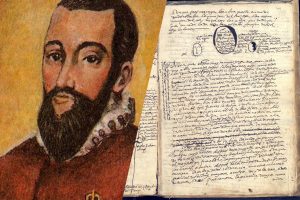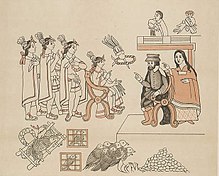There can be multiple definitions of what “American Music” actually is. There are so many cultures that exist in this country and in its history that it can be difficult to pinpoint an exact genre that is strictly “American.”
Let’s rewind a little bit in history. When the colonizers from Europe first came to this land mass initially, they were bringing a multitude of cultures with them – Spanish, French, German, etc. In addition to the cultures that already existed before they got here, the newer artistic cultures melded (both by force and by accident) to create new kinds of art and music that was a beautifully twisted combination of the two.
In the Andes in the 16th century, there was a son of a Spanish conquistador and an Incan princess – Garcilaso de la Vega. He was a poet himself and he is known mostly for his writings about Incan history, culture, and society. In those writings, he wrote about the history of both of the musical traditions from which he is descended. He brought to light how many different instruments they used in both types of music (commonly flute and organ), how each kind was distinct and how there were certain songs for each occasion, and where most of the songs were performed.
His writings were particularly special because they were the first literature by an author born in the Americas to enter the Western Canon. Without his writings, there would’ve been much less written down knowledge about the Incan culture and their cultural practices.
Writings like this are important in our work in this class for the purpose of following how cultural traditions move. The musical influence of both of these cultures can be seen in places like New Spain and later on when the territories dissolve and become the country we know and exist in today. While the flute and organ usually are not played together in early music performance practice anymore, we have records of what early court music sounded like to inform the performance practice early music groups do today.
Understanding history is vital to understanding where we come from and knowing where our short comings are so that the mistakes and disappointments of the past are not repeated.
Work Cited:
“Garcilaso De La Vega: Description of Inca Music (1609).” The American Mosaic: The Latino American Experience, ABC-CLIO, 2022, latinoamerican2.abc-clio.com/Search/Display/1541276. Accessed 3 Oct. 2022.
https://en.wikipedia.org/wiki/Inca_Garcilaso_de_la_Vega


